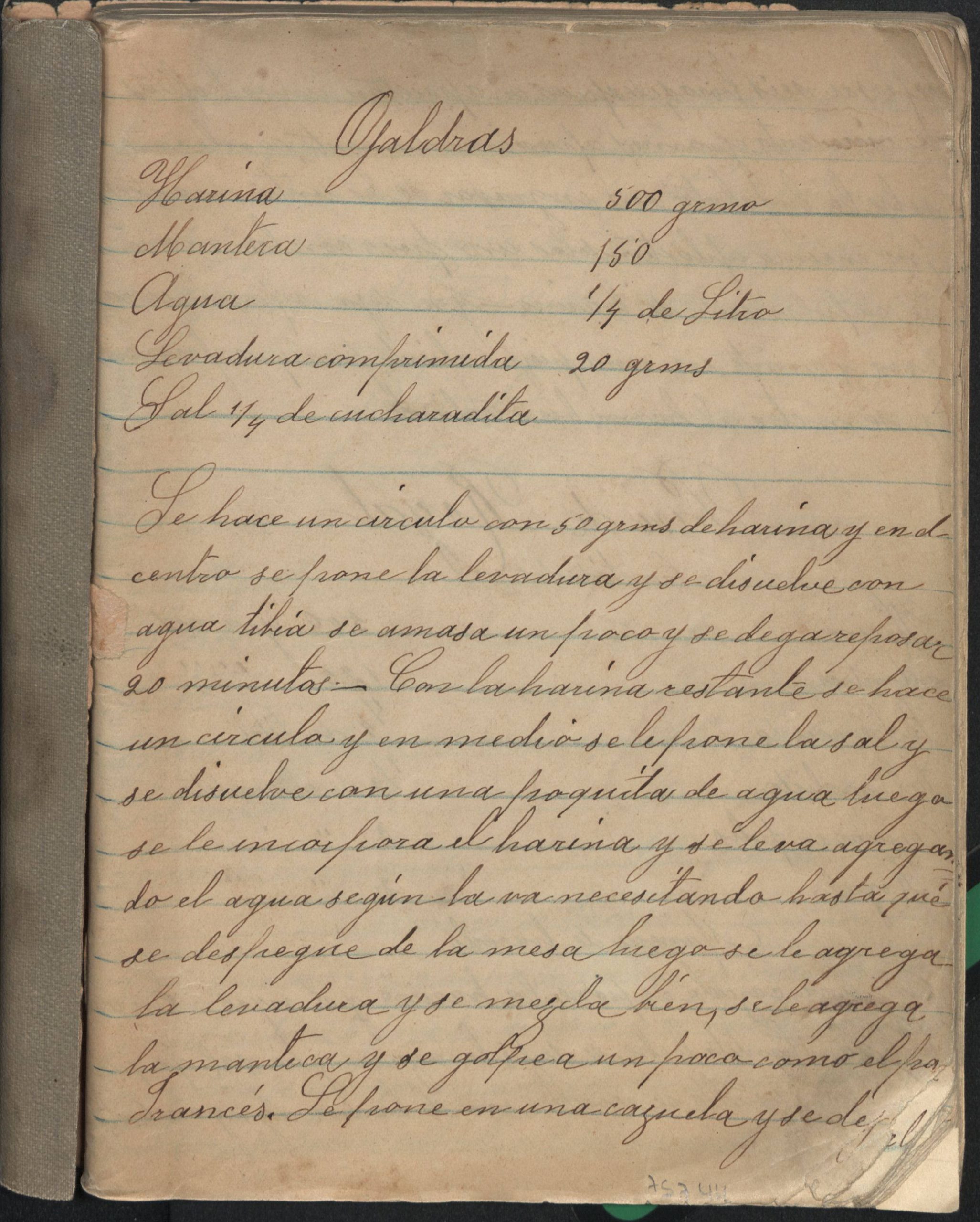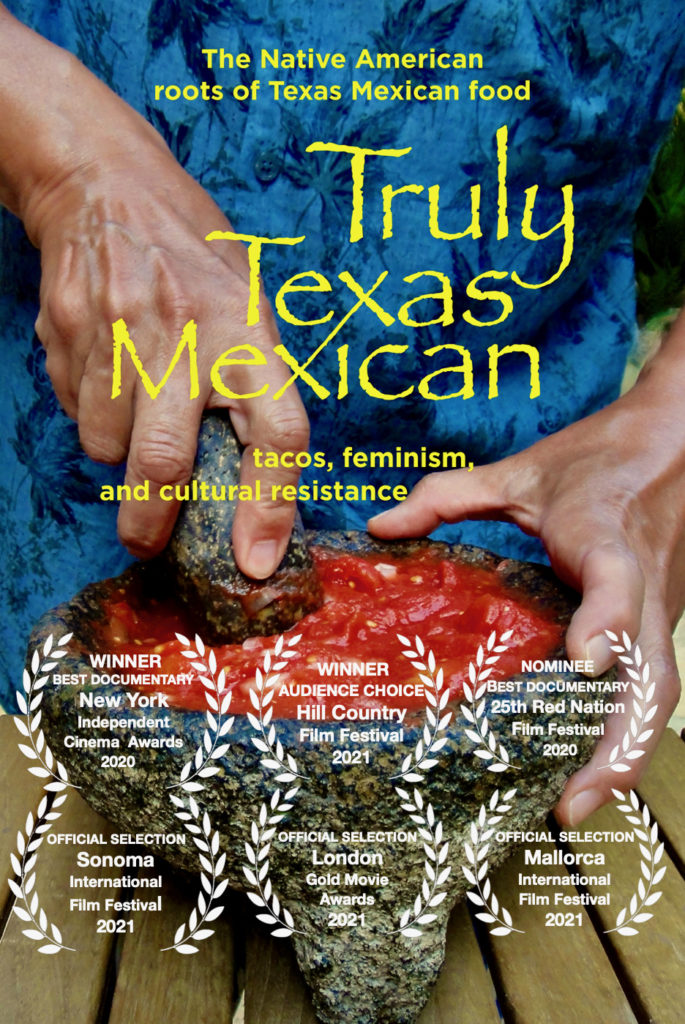3. Videos, podcasts, ¡y más!
V. Las comidas indígenas
A. La nixtamalización.
![]()
Lavando y remojando el maíz en agua de cal, despojando el pellejo. Moliendo, mixteando, amasando, haciendo tortillas de masa. She steeps the corn in lime, it swells, softens. With stone roller on metate, she grinds the corn, then grinds again. She kneads and moulds the dough, pats the round balls into tortillas.
Poema de Gloria Anzaldúa
La nixtamalización del maíz es un procedimiento ancestral desarrollado desde la época precolombina que se utiliza hasta nuestros días conservando su forma artesanal.
A.1 Contesta las siguientes preguntas de comprensión:
-
- ¿Quiénes inventaron la nixtamalización?
- ¿Qué significa la palabra náhuatl tamalli?
- Describe cinco beneficios de la nixtamalización del maíz.
- Menciona algunos de los platos más conocidos preparados con maíz nixtamalizado.
- ¿Cuáles tipos de maíz tienen propiedades antioxidantes?
A.2 The process of nixtamalización is out of order here. Arrange each step in the correct order to be able to achieve nixtamalización.
|
Pon los números de 1 al 7, según el orden correcto.
|
|
|
Se muele en un metate o en un molino
|
|
|
Se cocina el maíz hasta que se desprenda la cáscara de la semilla
|
|
|
Se lava el maíz
|
|
|
Se selecciona el maíz con cuidado
|
|
|
Se agrega una mezcla de ceniza o cal diluida en agua
|
|
|
Se deja reposar el maíz por una noche
|
|
|
Se extrae nejayote o líquido
|
|
A.3 En el video se habla de los diferentes pasos de la nixtamalización. Traduce las siguientes oraciones al inglés:
- Se selecciona y se lava el maíz
- Se cuece el maíz en agua
- Se agrega una mezcla de ceniza o cal diluida en agua
- Se cocina el maíz hasta que la cáscara se desprende de la semilla
- Se deja reposar el maíz por una noche
- Se lava el maíz y se muele en un metate o en un molino
Luego de traducir al inglés las expresiones en negrita, have you found a pattern? What is it?
If you were thinking that the pronouns ‘one’ or ‘they’ replace the pronoun se in Spanish, you are correct. Se is also used in passive constructions, in which the speaker does not specify who or what is performing the action. That is why many Spanish grammar explanations refer to this use as the passive se. As you could guess, the actions are conjugated in third person, meaning that the endings of the verbs should be either -a for verbs ending in -ar, such as ‘tomar,’ or -e for verbs ending in -ir or -er, such as ‘comer or vivir.
Ejemplos:
se toma agua
se come maíz
se vive bien aquí
A.4 Ahora escribe una receta simple usando se impersonal. Escribe no menos de cuatro oraciones completas.

B. Extensión: Truly Texas Mexican
Para ver la película, haz click aquí.

After watching this documentary, use this handout for further discussion.
